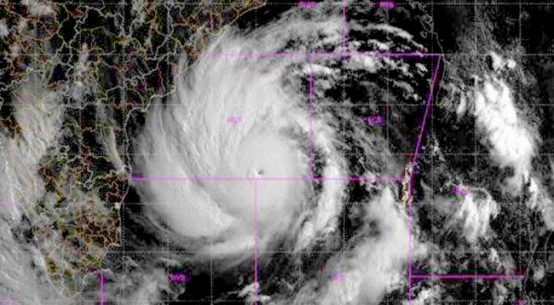
RAJSHAHI, March 30, 2024 (BSS) – A vast-deep forest is flourishing on the remote Char land (shoal) of Padma River under Godagari upazila in Rajshahi district creating massive hopes for villagers and environment.
No doubt, the community-based forest, in near future, will contribute a lot towards mitigating the adverse impact of climate change coupled with improving living and livelihood conditions of the surrounding and adjacent people.
On behalf of its “Preservation of Biodiversity and Poverty Alleviation’ project, the Department of Social Forestry (DSF) has generated the forest Char areas of Godagari upazila.
Divisional Forest Officer Rafiquzzaman Shah told BSS that there are more than 125,000 trees consisting of at least 150 varieties, setting a unique example of man-made deep forest.
Most of the trees planted in the forest have already surpassed the height of 30 to 40 feet on an average.
Most parts of the forest have already become inaccessible due to the density of the trees. The forest is supposed to play a vital role in preserving environmental balance of the Char areas surrounding the Padma River.
The work of developing the forest has been implemented by the joint venture of the local beneficiary, owner of the land, district administration, department of forestry and the Tree Plantation Fund.
According to the DSF sources, the project of creating a deep forest covering 90 hectares of land on Char areas of Faradpur on Padma River was undertaken in 2010-2011 at a cost of Taka 10.6 million to retain environmental balance of the area.
Since then, over 125,000 saplings of 150 indigenous varieties including Akashmoni, Shishu, Cottonwood, Jarul, Jamrul, Black berry, Eucalyptus, Mahogany, Mango, Arjun, Chikbashi, Acasia( babla), Date, Plum were planted there.
At the centre of the block, 7,000 catechu plants were planted to retain natural balance and biodiversity of the area. Moreover, there are 30,000 date palm trees in the forest to protect the area.
In addition to planting the saplings, about 250,000 saplings of various trees have been kept preserved in a nursery set on the Char land itself, which were transplanted in phases.
There are already a huge number of birds, wild animals including wild cat, fish eating tiger, squirrel, mongoose, jackal, wild dogs and various species of snakes including Python roaming freely inside the forest.
Allam Hossain, President of Faradpur Social Forestry Committee, said seven volunteers are currently working to guard the forest. He himself spends most of his time inside the forest, he added.
It feels utterly insecure at night to stay inside such a vast forest that takes 4.5 hours to travel on foot. There is a need to set up several solar panels at the forest guard’s cottage so that they can get light there.
During last monsoon, water level of the Padma crossing the danger line caused severe damage to many trees of the forest. Hopefully the loss caused due to flooding will be recovered within a year or two and this forest will be declared as an Eco Park by opening it for all, added Alam Hossain.
Alam also requested the concerned authorities of the Water Development Board to conduct a survey on the dry river bed there and build a cross dam or dyke there to ensure survivability of the forest.
However, the newly developed forest is now faced with the threat of erosion. A kilometer long dyke across the river on both sides of the forest would ensure permanent survival of the forest, which is likely to draw a huge number of visitors soon.
Rafiquzzaman Shah said, there are no permanent, trained staffs to guard the forest but permanent staff will be appointed soon. The forest should be declared as a sanctuary for wild animals and birds by releasing wild animals there.

